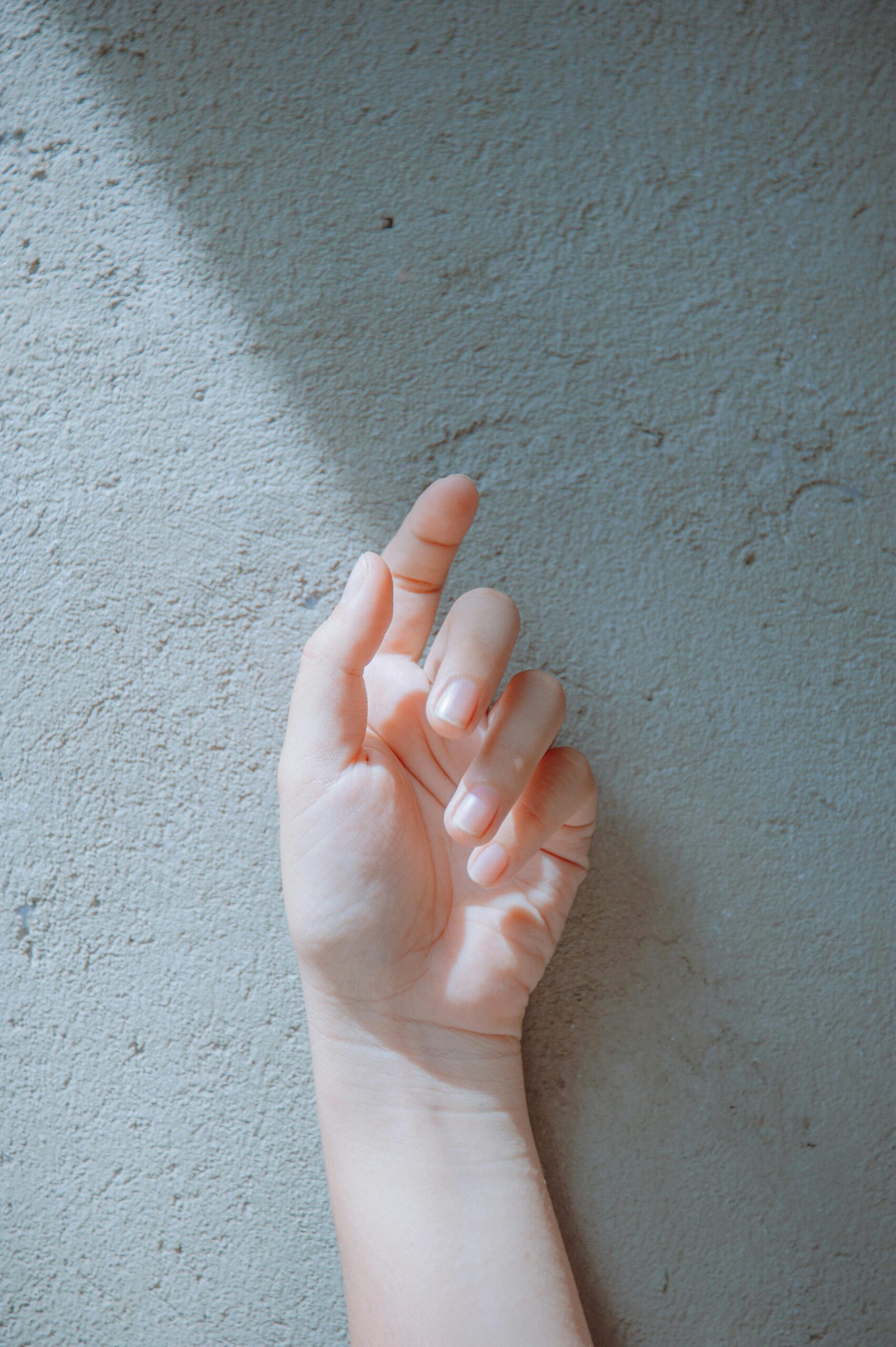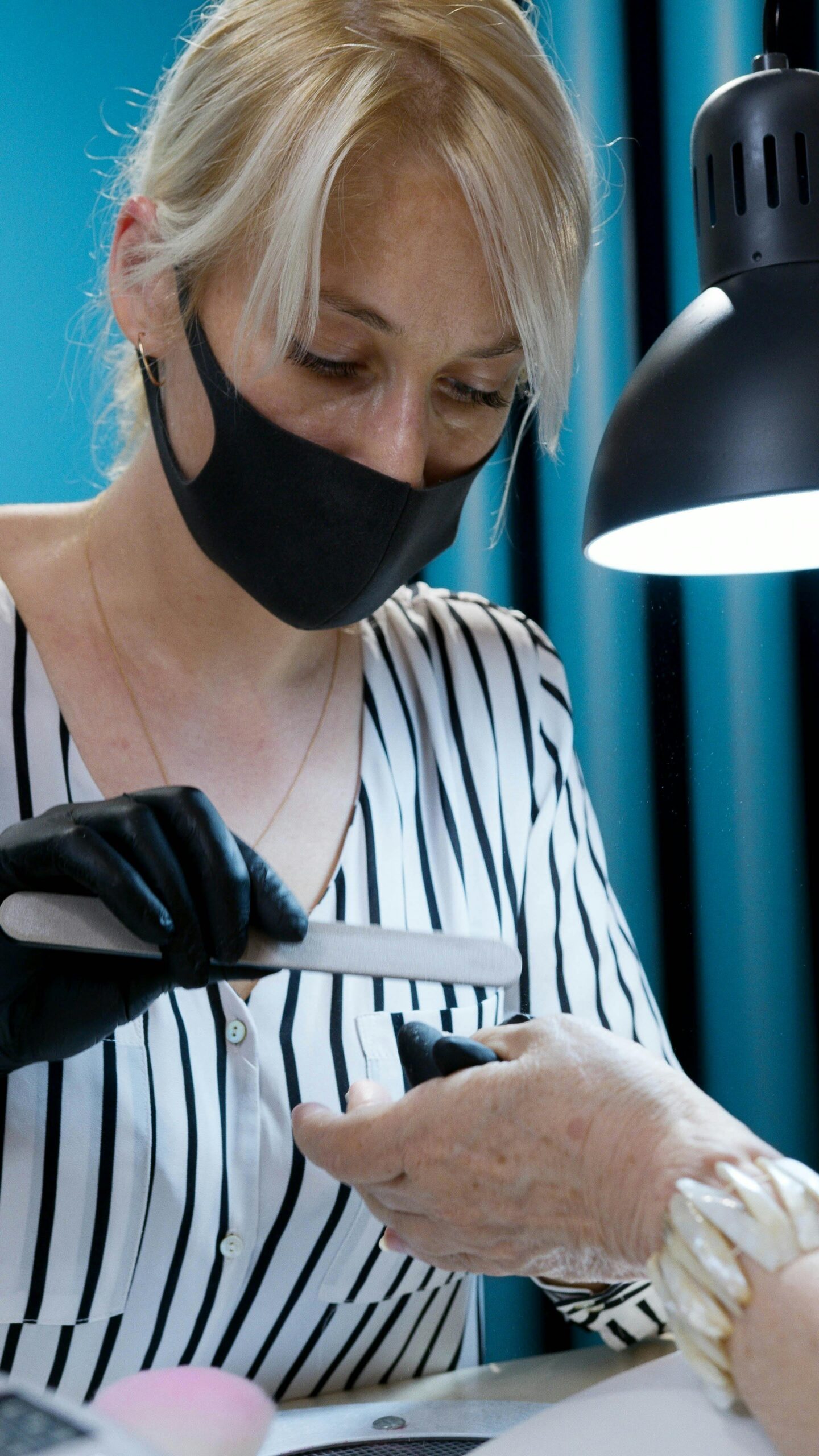BEAUTY
Oily Skin: All the Available Tips and Solutions to Treat It

Tests, Products, and Tips to Treat Oily Skin
Determining if you have oily skin involves observing your skin’s behavior and characteristics. There are several signs and tests you can use to identify if your skin is oily. One sign is a shiny appearance, especially on the T-zone, which includes the forehead, nose, and chin, making your skin look shiny or greasy. You may also experience frequent breakouts, including blackheads and pimples. In addition to this, your pores may be more noticeable and appear larger, particularly around the nose and cheeks. Another indicator is that your makeup tends to slide off or not stay in place for long periods. Lastly, your skin may feel greasy to the touch a few hours after cleansing.
It is important to know how to detect our skin type and choose the right products for oily skin in order to guarantee clean skin, free of dirt and breakouts.
Simple tests for oily skin
If you are not sure whether you have oily skin or not, you can try with these simple tests: the blotting sheet test and the bare-faced test.
To perform the blotting sheet test, start by cleansing your face with a gentle cleanser and patting it dry. Then, wait for an hour without applying any skincare products or makeup. After this, gently press blotting paper or a tissue on different areas of your face. If the paper picks up noticeable oil and becomes translucent, it is likely that you have oily skin.
For the bare-faced test, begin by cleansing your face with a gentle cleanser and patting it dry. Next, wait for a few hours without applying any skincare products or makeup. After a few hours, observe your skin for signs of oiliness, shine, or greasiness, particularly on the T-zone.
Bear in mind that the climate and environment can affect our skin. Humid and hot climates can make skin appear oilier. Consider if your skin changes with the seasons. Moreover, using products not suited for your skin type can affect oil production. Ensure you are using non-comedogenic and oil-free products if you suspect oily skin. It is always highly advisable to consult with a dermatologist who can provide a professional assessment of your skin type.
What products shall I use with oily skin?
If you have oily skin, selecting the right beauty products can help manage excess oil and prevent breakouts. Learn which are the essential beauty products and their specific characteristics suited for this type of skin:
Cleansers: Try to use foaming or gel cleansers because they help remove excess oil without stripping the skin.
Toners: Alcohol-free toners are perfect for oily skin because they help to remove residual oil and tighten pores without over-drying.
Moisturizers: Oil-free, non-comedogenic moisturizers are ideal to hydrate the skin without clogging pores.

Sunscreen: Oil-free, sunscreen provides sun protection without making the skin greasy. If you want it to be even more effective, you can use matte finish sunscreen.
Exfoliators: Chemical exfoliants help to unclog pores and control oil production. Every time you use exfoliators make sure you use the correct product for your skin and do not overuse them since you can damage your skin.
Serums: Niacinamide serums are a good option to regulate oil production and improve skin texture as niacinamide is generally well-tolerated by all skin types, including sensitive skin. It is a soothing solution for those with reactive skin.
Masks: Clay masks absorb excess oil and detoxify the skin. It is usually advisable to use them at least once or twice a week.
Primers: Although primers are not advisable for all types of skin, if you decide to use one and you have oily skin, use mattifying primers since they control shine and create a smooth base for makeup.
Makeup: Oil-free foundations provide coverage without contributing to oiliness. Always make sure that your makeup is oil-free since oily makeup is the main reason for clogged pores.
Blotting papers: blotting papers help to absorb excess oil throughout the day without disturbing makeup.

Tips for managing oily skin
If you want to manage your oily skin properly, a good extra tip is to avoid over-washing because washing your face too often can strip the skin, prompting more oil production. In addition to this, when you wash your face, use warm water as hot water can strip natural oils, while cold water may not effectively remove oil and dirt.
Finally, clean your makeup brushes regularly. This may sound exaggerated or a bit obvious but dirty brushes can harbor oil and bacteria, contributing to breakouts. If you want to effectively manage oily skin and maintain a healthy complexion use these products and follow these recommendations to get rid of the unwanted oil on your skin.
BEAUTY
How to have a romantic wedding ceremony in Los Angeles

A wedding in Los Angeles is a dream for many couples, a romantic event that can be arranged in a city offering many possibilities, from a choice of beautiful locations with ocean views, the city, or the mountains to simply cozy little wedding chapels in Los Angeles, where you can create an intimate atmosphere for an unforgettable wedding ceremony.
Contact Lucky Wedding Day Chapel, and you are guaranteed to make your wedding day special. Here, you can think through all the details and create the perfect atmosphere with decorations, musical accompaniment, and a florist. The secret to a romantic wedding ceremony lies primarily in choosing the right location, the place that is right for you. It is not necessary to choose large luxurious halls; you can opt for a small wedding chapel where you can customize everything to suit your chosen wedding concept.
Wedding Chapel Los Angeles
The city offers small wedding chapels with classic interiors or modern halls with minimalist designs, so you can choose based on your taste and preferences. Outdoor locations are also very popular for wedding ceremonies, offering you and your guests beautiful views of the ocean or, if you prefer, the mountains and cityscapes. Each location allows you to create a special atmosphere and adapt it to your individual desires. By contacting Lucky Wedding Day Chapel, you can count on an individual approach and a cozy wedding ceremony where everything will be done just the way you want it. Small decorative elements, string music—you can choose everything based on your wishes.
Special attention should be paid to the musical accompaniment, because if it is chosen correctly, it will set the mood for the entire wedding ceremony. The songs for the first dance or the background music at the moment when you say “I do” will remain in your memory forever, and this emotional moment will stay with you throughout your marriage.Not only music, but also the work of a photographer is important, as well as flower decorations and other details. All these moments and your wishes for organizing a wedding can be realized at Lucky Wedding Day, which will offer you a beautiful and atmospheric chapel wedding ceremony in Los Angeles depending on your wishes, for a small circle of guests, or just for the two of you. Lucky Wedding Day Chapel has everything you need for the perfect wedding ceremony.
BEAUTY
Celestial Skin: Traces of Light and Lasting Grace

Beauty, much like the cosmos, is not defined by speed but by rhythm. While modern culture urges immediacy—instant solutions, quick treatments, overnight miracles—the skin resists such commands. It evolves through cycles, responding not to pressure but to patience. Just as stars form slowly in distant galaxies, each act of self-care builds quietly until the result becomes undeniable. In this journey, the orbit of beauty is not a straight line but a continuous path circling through time, where discipline and consistency are the forces that hold everything together.
Across history, cultures revered beauty as something sacred rather than superficial. In ancient temples, minerals were ground into powders to protect and adorn; in royal courts, oils infused with herbs preserved vitality. None of these practices promised immediacy—they reflected respect for balance. Modern skincare, despite its technology and packaging, tells the same truth: there is no shortcut to resilience. Every application is a signal to the body, a reminder that strength is built gradually. What matters most is not intensity but endurance, a principle as old as the heavens themselves.
Science today echoes this ancient wisdom. Skin cells renew in cycles of weeks, hydration requires daily replenishment, and environmental protection is cumulative. Quick results may create illusion, but deep change is written only through repetition. Think of it as layering light: one beam is weak, but thousands together illuminate a sky. Skincare works the same way. Every product used, every habit repeated adds to brightness, creating the spark that grows steadily into a visible presence.
The metaphors of culture remind us of the same principle. Stories rarely glorify sudden perfection; they celebrate arcs of growth. Heroes, artists, innovators—none arrive fully formed. They emerge through persistence. Beauty reflects this arc. It is not defined by a single mask, a single treatment, or a single choice, but by the thousands of repetitions that create identity. It is the story of patience written on the surface, a narrative that becomes stronger with every chapter.
Nature, as always, provides the purest lesson. Planets orbit steadily for millennia, oceans rise and fall with the moon, and forests grow layer upon layer after storms. None of this is immediate, but all of it is enduring. Skin follows the same law. Left to extremes, it falters; nurtured with care, it flourishes. The lesson is simple: beauty that endures is beauty in rhythm with time. When aligned with that rhythm, we embody the aura, a glow that is not manufactured but revealed—an elegance that transcends trend and becomes part of who we are.
What we learn is that beauty is celestial in nature—quiet, patient, luminous. It is not a finish line, but a constellation of choices that map our story. Each trace of light is a reflection of consistency. Each layer of care is a star in its own orbit. And together they form something vast, radiant, and unshakable: not just appearance, but grace that lasts beyond measure.
BEAUTY
Why Russian Manicure Is the New Beauty Standard in Austin

Nail trends in Austin are moving far beyond simple polish application. More women are asking for beauty services that are healthier, longer lasting, and more elegant. One service that is becoming extremely popular is the Russian e-file manicure. This technique, which originated in Europe, is now winning the hearts of beauty lovers in Texas because of its precision and long-term results.
Unlike a regular manicure where cuticles are clipped with scissors, the Russian method uses professional electric files with fine attachments. These tools allow a nail technician to clean the cuticle area with amazing accuracy, without damaging the skin or the nail plate. The surface becomes perfectly smooth and ready for gel application, which means polish adheres better and stays flawless much longer.
Many clients in Austin say that after trying this manicure once, they finally noticed the difference. Traditional manicures often cause small cuts or leave the nail uneven, which leads to chipping and early lifting of gel. With the Russian e-file manicure, the nail grows out cleanly, polish does not peel at the edges, and the overall look stays neat for weeks.
Another major advantage is safety. The e-file technique allows careful removal of only dead cuticle tissue, so the living skin remains healthy and protected. This reduces the risk of irritation and keeps nails stronger. It is a gentle approach that provides a professional finish while maintaining natural nail health.
The service is also perfect for women with busy schedules. In Austin, where many clients are professionals balancing work, family, and social life, it is important to have a manicure that lasts. With proper preparation, gel polish can stay intact for three to four weeks, saving both time and effort.
When it comes to style, the Russian e-file manicure offers endless possibilities. Because the base is prepared so thoroughly, any type of design looks better — from natural nude shades to bold colors or intricate nail art. Brides, influencers, and businesswomen alike appreciate how polished and sophisticated this technique looks in every situation.
If you are searching for the best place to try a Russian e-file manicure, visit ICON Beauty Clinic. The salon is known in Austin for combining advanced European methods with top safety standards. Every treatment is performed with sterile tools, professional products, and a high level of detail. The result is nails that are elegant, durable, and comfortable to wear.
Clients who experience the service often say they cannot go back to regular manicures. The difference in quality, appearance, and durability is clear. The Russian manicure is not just a beauty trend — it is a smarter, healthier way to care for nails.
As Austin continues to embrace international beauty innovations, this technique is setting new standards. Women who choose the Russian e-file manicure invest not only in beauty, but also in confidence and convenience.

 BUSINESS10 months ago
BUSINESS10 months agoBrand Visibility with Imprint Now and Custom Poly Mailers

 TECHNOLOGY9 months ago
TECHNOLOGY9 months agoDizipal 608: The Tech Revolution Redefined

 HOME IMPROVEMENT10 months ago
HOME IMPROVEMENT10 months agoThe Do’s and Don’ts of Renting Rubbish Bins for Your Next Renovation

 BUSINESS11 months ago
BUSINESS11 months agoExploring the Benefits of Commercial Printing

 HEALTH6 months ago
HEALTH6 months agoYour Guide to Shedding Pounds in the Digital Age

 HEALTH6 months ago
HEALTH6 months agoThe Surprising Benefits of Weight Loss Peptides You Need to Know

 HEALTH9 months ago
HEALTH9 months agoHappy Hippo Kratom Reviews: Read Before You Buy!

 LIFESTYLE10 months ago
LIFESTYLE10 months agoThe Disciplinary Wives Club: Spanking for Love, Not Punishment












